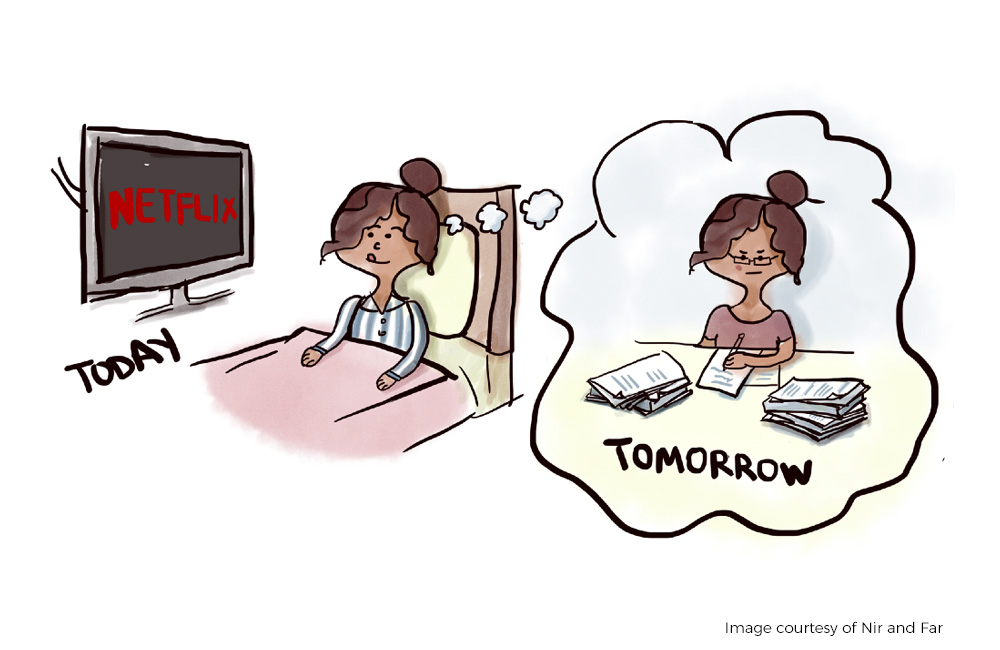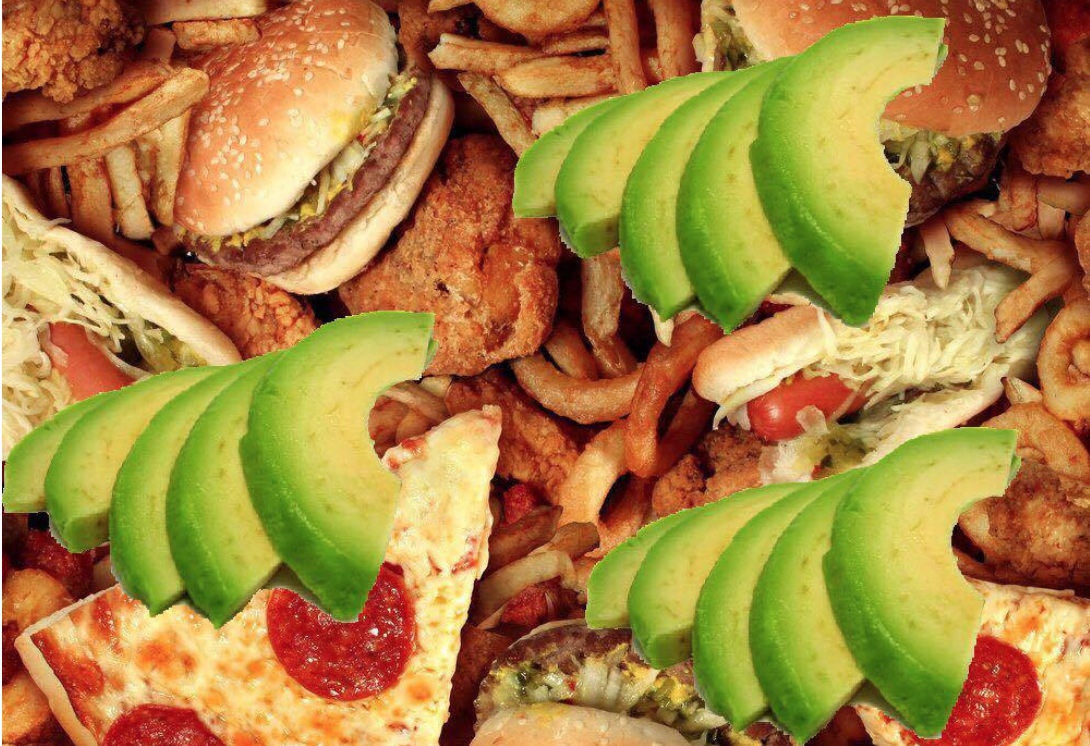Campus
OF MARGINAL INTEREST | Finals Season: A Series of Unfortunate Economic Fallacies
|
Finals week can bring a lot of things to the surface: the sudden motivation to learn everything, a seasonal caffeine addiction, an awe-inspiring general state of self-loathing. After barely making out alive from seven finals seasons, I have come to realize that finals week also brings out the economically irrational agent hidden in all of us. Here I have listed a few principles of behavioral economics, applied to the disaster that is Cornell finals week (special thanks to Karna Malaviya):
Hyperbolic discounting
Finals season is always a time of personal reflection and contemplation. A question I frequently find myself asking in the days and hours leading up to exams as I panickedly squish months upon months of complex content into my brain is: why am I like this? The answer?




